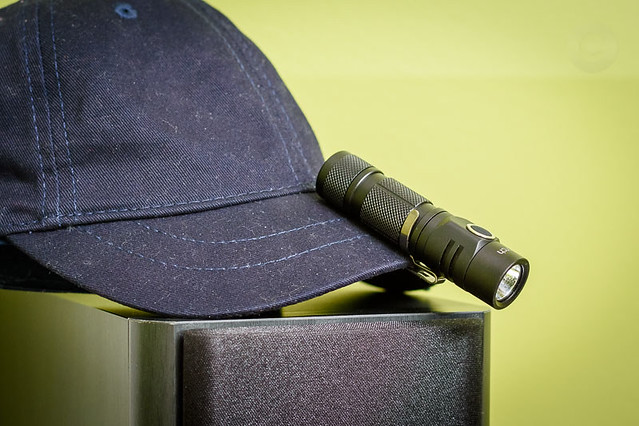Thanks for the report, tumbleweed48.
What lightrider has described sounds like a combination of electrical, mechanical and programming issues, with the switch being a locus of electrical and mechanical issues. Your description isn’t inconsistent with that.
From your description, I see another possible component of the problem, instead of or in addition to an issue with the switch that may remediating with use. You say you are still using the same lithium primary with this light. That means that the supply voltage is declining, which could also be playing a role in the way the MCU “observes” the signal from the switch.
This is consistent with some of my earlier, crude, operations, that the problem seems to have some relationship to the type of cell I’m using, and, with a given cell, may change over the discharge of the cell.
I just looked at this more closely. With an unprotected 14500, a couple days off the charger, I’d say the chance of any click being registered, by turning on the light, after the first turn-on after power-cycling the light, is about 1-2. With a Lada NiMH a few days off the charger, the success rate is closer to 10-20, and I just had a run of 100% success, until I removed the cell and tried again with the 14500, which again only had a 1-2% success rate.
In all cases, once the light is “on” ~100% of clicks are registered for switching intensities/modes, and turning off the light.
FWIW, I’ve been able to run through the programming cycle and then disable programming mode and have the changes stick. This works even if I have to power cycle the light, do a long press to enable programming mode, power cycle, click on and into programming mode, update the settings, turn the light off, and then power-cycle it again before doing a final 10s press to disable the programming mode. Or, to put it another way, the last state of the programming ritual seems to persist even if the battery is removed.
I haven’t found that going through the programming cycle makes any difference in turn-on efficacy.

